PPT-CIED 5543
Author : karlyn-bohler | Published Date : 2016-08-01
Structures of American English Dr Freddie Bowles fbowlesuarkedu 4795753035 Peabody Hall 312 Chapters Two amp Three Whats in a word Grammatical Terms To Teach or
Presentation Embed Code
Download Presentation
Download Presentation The PPT/PDF document "CIED 5543" is the property of its rightful owner. Permission is granted to download and print the materials on this website for personal, non-commercial use only, and to display it on your personal computer provided you do not modify the materials and that you retain all copyright notices contained in the materials. By downloading content from our website, you accept the terms of this agreement.
CIED 5543: Transcript
Download Rules Of Document
"CIED 5543"The content belongs to its owner. You may download and print it for personal use, without modification, and keep all copyright notices. By downloading, you agree to these terms.
Related Documents

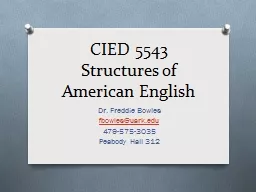
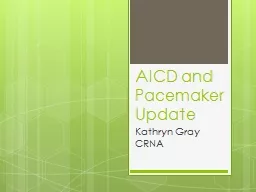
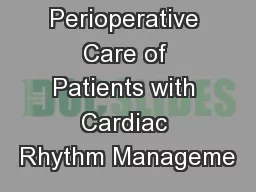
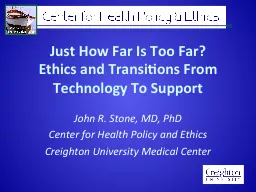

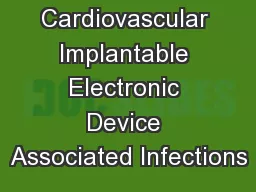
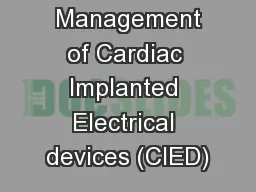
![[DOWNLOAD] Praxis II Special Education Core Knowledge Mild to Moderate Applications 5543](https://thumbs.docslides.com/1004152/download-praxis-ii-special-education-core-knowledge-mild-to-moderate-applications-5543-exam-teacher-certification.jpg)
![[EBOOK] Praxis® Special Education Core Knowledge and Mild to Moderate Applications 5543:](https://thumbs.docslides.com/1006214/ebook-praxis-special-education-core-knowledge-and-mild-to-moderate-applications-5543-how-to-pass-the-praxis-5543-by-using-the-navaed-test-prep-study-and-constructed-response-practice.jpg)